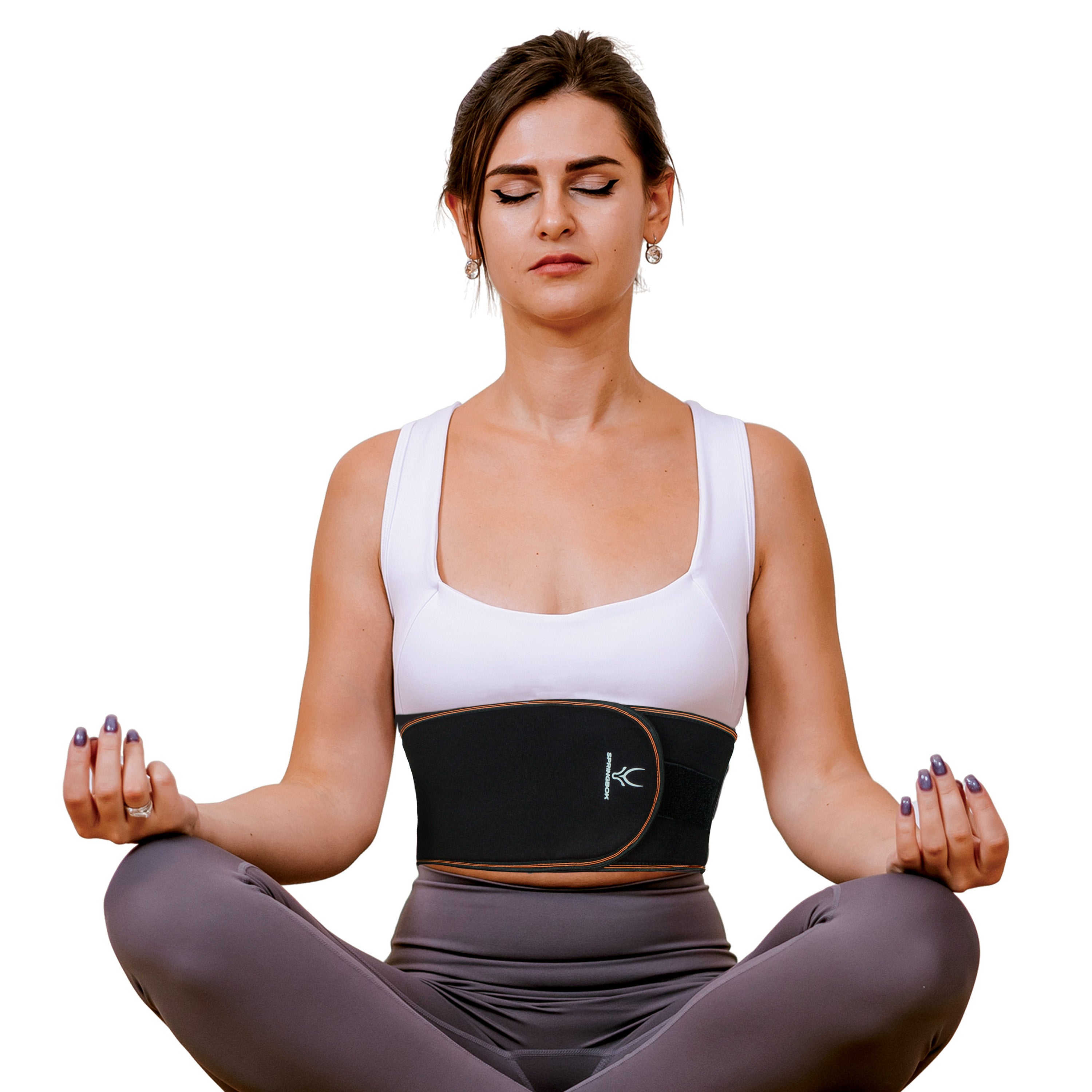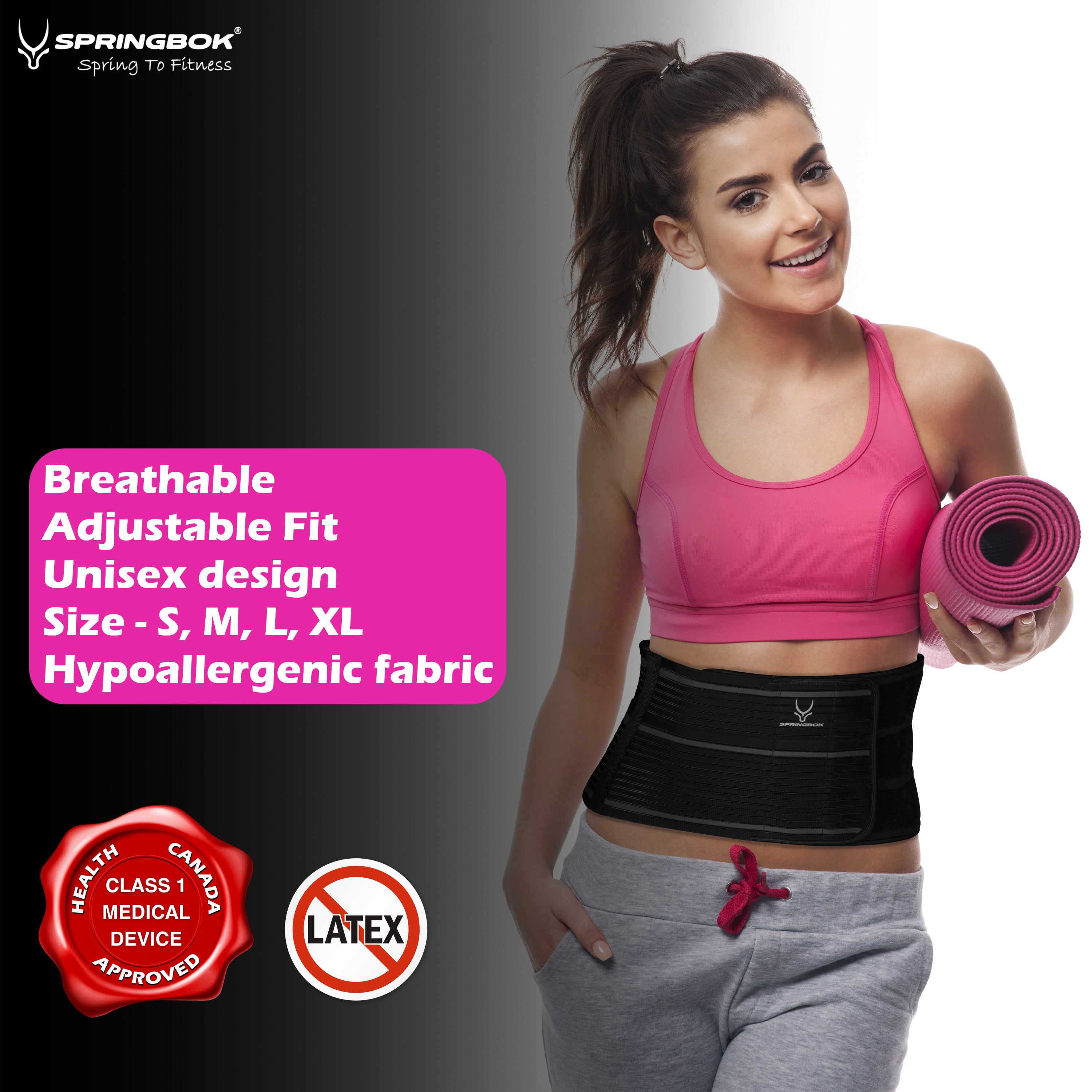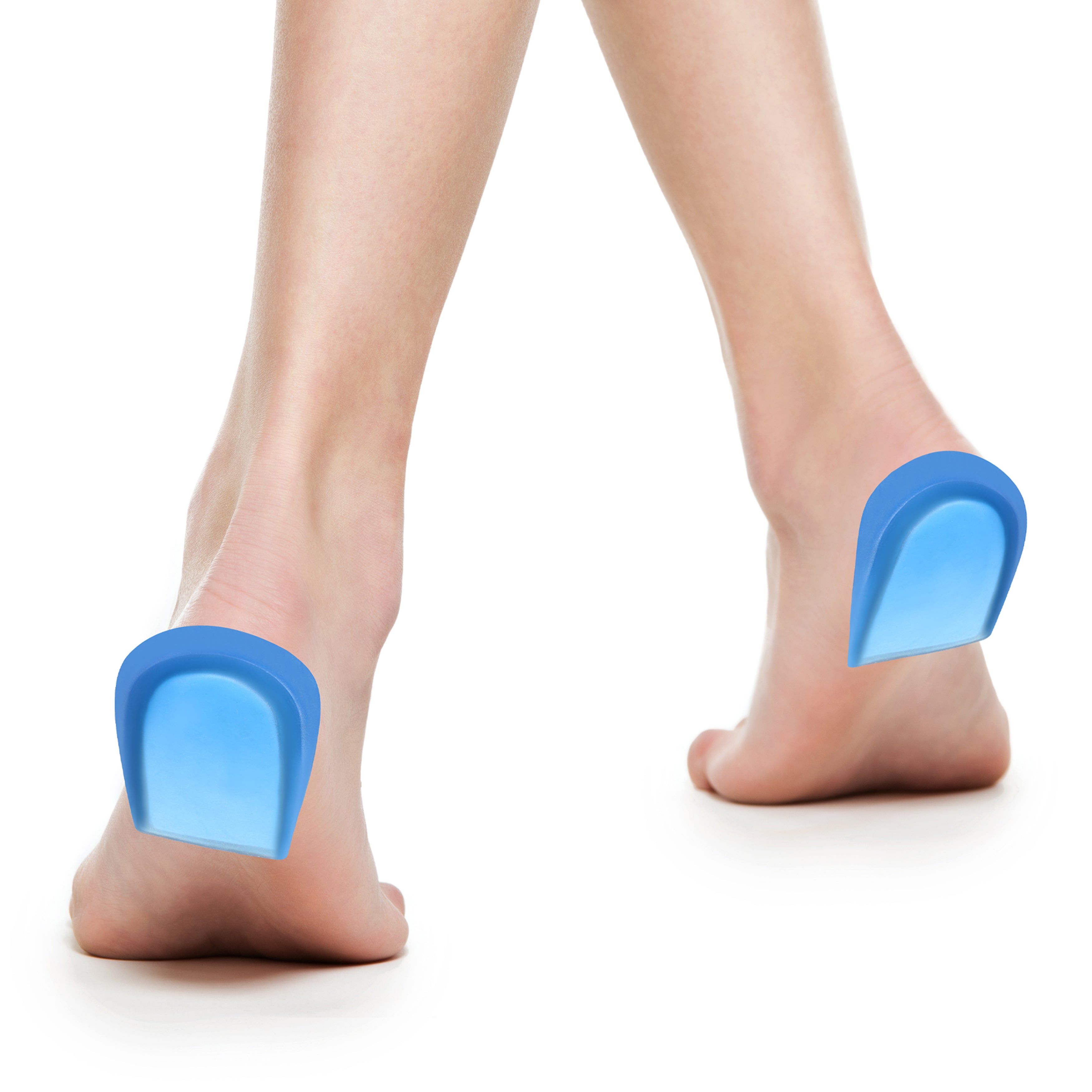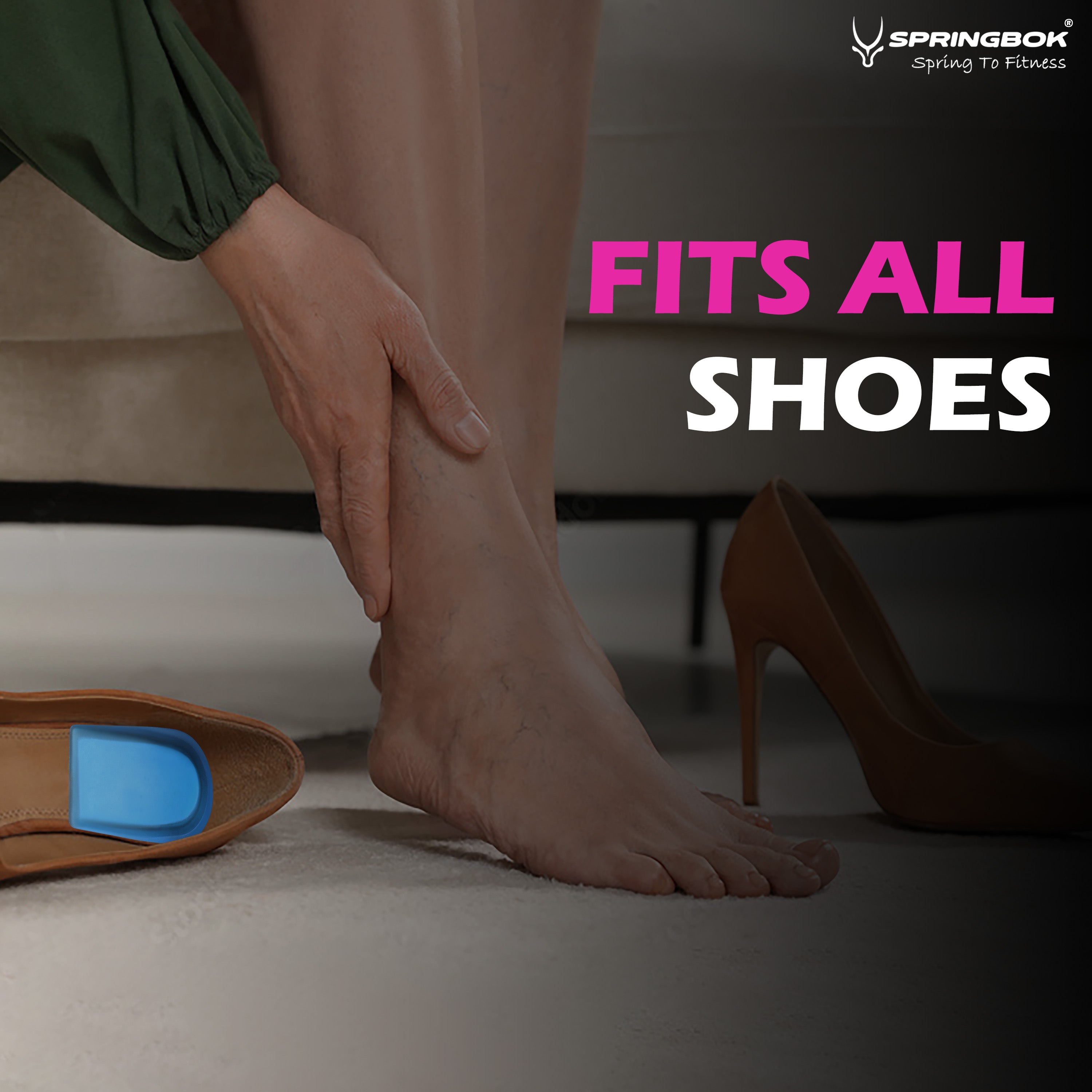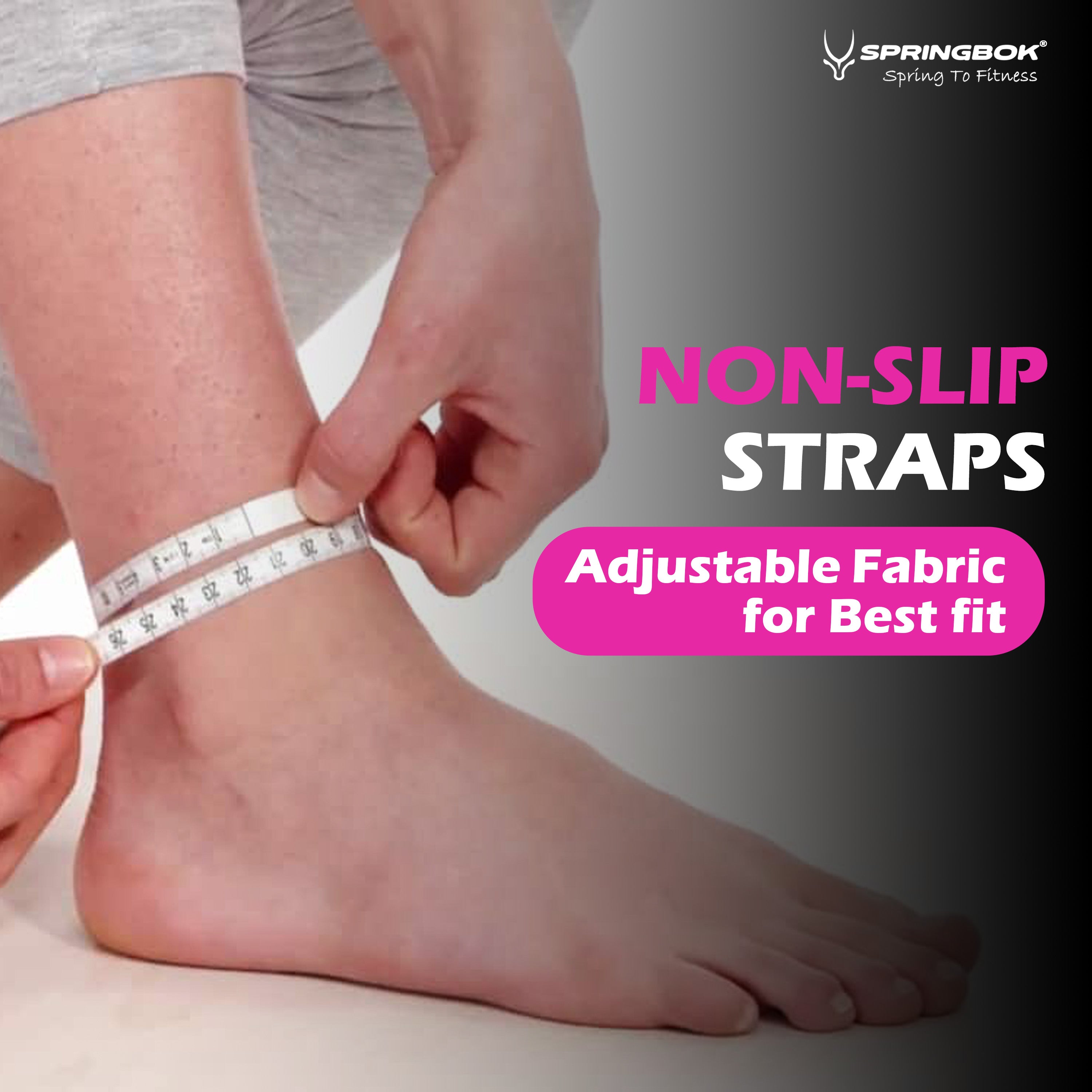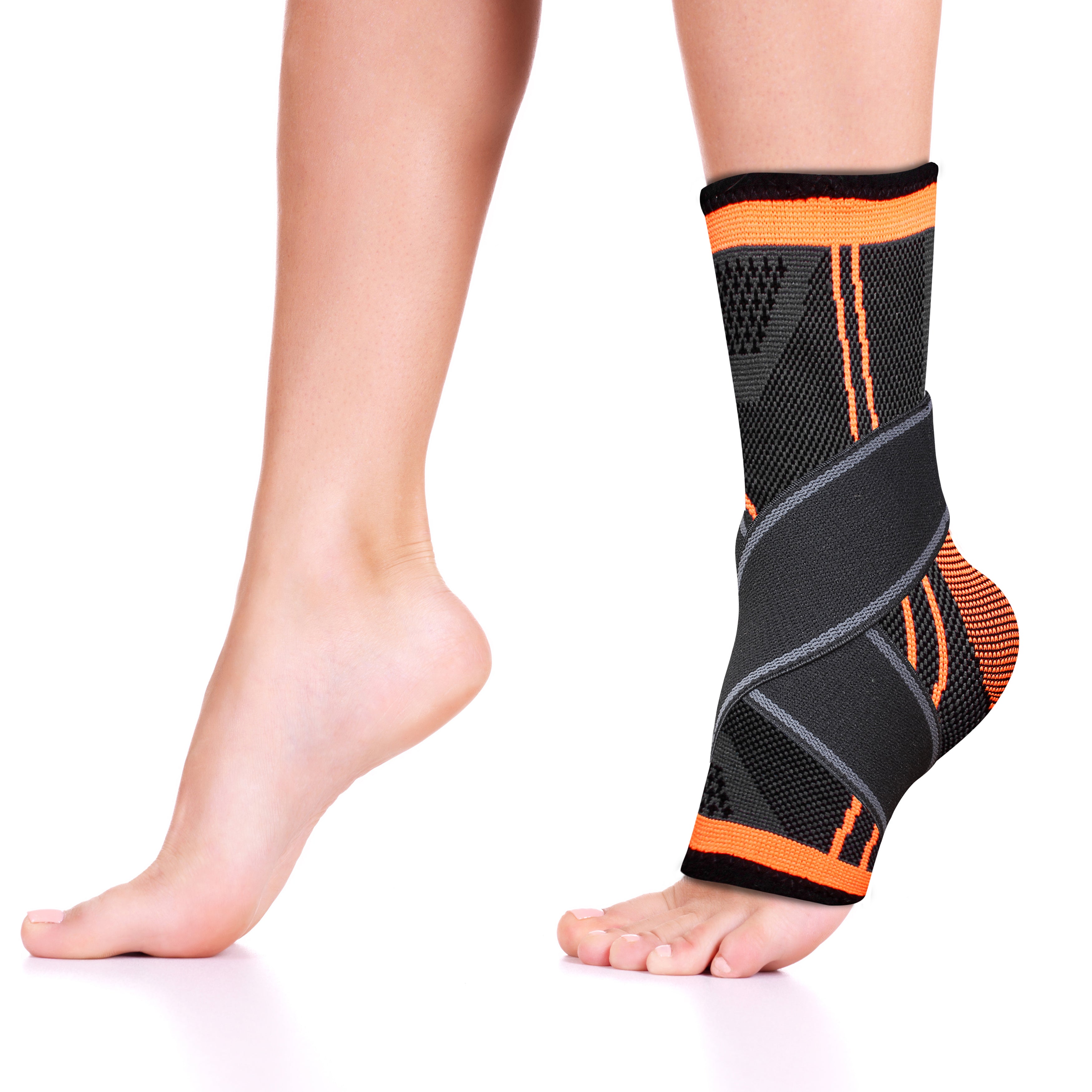
How to Prevent Injuries with Proper Use of Braces

Braces are essential tools for many athletes and active individuals, providing the necessary support to prevent and manage injuries. Whether you’re dealing with knee pain, wrist strain, or ankle instability, the right brace can make a significant difference in your physical activities. Understanding the various types of braces and how to use them effectively is crucial for maximizing their benefits.
Choosing the proper brace involves knowing what each type is designed for and how it can support your specific needs. For instance, knee braces can help with ligament injuries, while wrist braces are ideal for carpal tunnel syndrome. Selecting the right type ensures that you receive the correct support and protection during your activities.
Once you have the right brace, knowing how to wear it properly is just as important. Incorrect usage can lead to discomfort and reduce the brace's effectiveness. Learning the correct techniques for putting on and adjusting your brace will ensure optimal support and comfort. In this guide, we will explore the different types of braces, their proper usage, and how to care for them to extend their lifespan and maintain their performance.
Understanding Different Types of Braces
Braces come in various forms, each designed to provide support to specific parts of the body. Understanding these differences can help you choose the right brace for your needs:
- Knee Braces: Knee braces are commonly used to support and stabilize the knee joint. They can help with ligament injuries, such as ACL tears, and conditions like patellar tendonitis. Some are designed for general stabilization, while others are tailored for specific injuries.
- Wrist Braces: These braces are perfect for individuals suffering from carpal tunnel syndrome or wrist sprains. They help keep the wrist in a neutral position, reducing strain and supporting healing.
- Ankle Braces: Ankle braces are useful for preventing and treating sprains. They provide the necessary compression and support to protect the ankle during activities that involve running and jumping.
- Elbow Braces: Elbow braces are often used for conditions like tennis elbow or golfers' elbow. They apply pressure to specific areas to relieve strain on the tendons.
Choosing the right type of brace is crucial for receiving appropriate support and avoiding further injury. Consider your specific condition and the activities you engage in before selecting a brace. Consulting with a healthcare professional can also guide you in making the best choice. Properly understanding the distinct uses of each brace ensures you get the targeted support you need for your activities.
Proper Techniques for Wearing Braces
Wearing braces correctly is essential for getting the maximum benefit and preventing discomfort. Here’s a step-by-step guide for putting on and adjusting different types of braces:
1. Step-By-Step Guide:
- Knee Braces: Slip the brace over your foot and pull it up to cover the knee. Ensure the knee cap is centred within the patella cut-out (if present). Fasten any straps securely without cutting off circulation.
- Wrist Braces: Slide your thumb through the thumb hole and wrap the brace around your wrist. Adjust the brace so that it feels snug but not too tight. Fasten any Velcro straps.
- Ankle Braces: Position your foot inside the brace, ensuring your heel fits snugly at the back. Pull the straps tightly and secure them, making sure your ankle is well supported.
- Elbow Braces: Slide the brace over your arm until it covers the elbow joint. Position any pressure pads over the area experiencing discomfort and fasten the straps.
2. Common Mistakes to Avoid:
- Over-tightening: Making the brace too tight can restrict blood flow and cause discomfort.
- Incorrect Placement: Placing the brace too high or too low can reduce its effectiveness and lead to improper support.
- Wearing the Wrong Size: Ensure you have the correct size for your body to get adequate support without discomfort.
Following these steps and avoiding common mistakes can make wearing braces more effective and comfortable. Proper usage ensures that you get the full benefit of the support they offer, helping you stay active while reducing the risk of injury.
When and Why to Use Braces
Braces are important tools for preventing injuries and supporting joints during various activities. They provide the stability needed to protect vulnerable areas from strain or further damage. Understanding when and why to use braces can help you stay active and reduce the risk of injuries.
Situations and Activities Where Braces Can Prevent Injuries:
- Sports: Many sports, like basketball, soccer, and tennis, put a lot of stress on joints. Wearing braces during these activities can prevent sprains, strains, and other injuries.
- Rehabilitation: After an injury, such as a ligament tear or fracture, braces provide the support needed during the healing process. They help immobilize the area, reducing the risk of re-injury.
- Everyday Activities: For those with chronic conditions like arthritis or recurring joint issues, using braces during daily activities can alleviate pain and prevent further damage.
How Braces Support and Stabilize Joints During Physical Activity:
Braces work by providing compression and stability to the affected area. They restrict harmful movements while allowing safe, natural movements. For example, a knee brace can help keep the knee aligned and prevent lateral movements that could cause injury. Wrist braces help maintain a neutral wrist position, reducing strain on tendons and ligaments.
By understanding when to use braces and the support they offer, you can effectively prevent injuries and maintain joint health during physical activities.
Maintenance and Care for Braces
Proper maintenance and care of braces are essential for ensuring they last and perform effectively. Here are some tips to help you keep your braces in good condition.
Tips for Cleaning and Maintaining Your Braces:
- Regular Cleaning: Sweat and dirt can accumulate on your brace, so clean it regularly. Most braces can be washed with mild soap and water. Make sure to dry them thoroughly to prevent mould and bacteria growth.
- Inspect for Damage: Regularly check your braces for signs of wear and tear, such as fraying fabric or loose straps. Address any damage immediately to maintain the brace’s effectiveness.
Best Practices for Storing Braces and Checking for Wear and Tear:
- Proper Storage: When not in use, store your braces in a cool, dry place. Avoid leaving them in direct sunlight or humid environments, as this can damage the materials.
- Rotating Use: If you use braces daily, consider having more than one to rotate. This allows each brace to fully dry out and reduces the wear and tear on each individual piece.
By following these maintenance and care tips, you can extend the life of your braces and ensure they continue to provide the support you need.
Final Thoughts
Choosing and using braces effectively can significantly impact your physical health and activity level. Understanding the different types of braces, wearing them properly, and knowing when to use them can help you prevent injuries and support joint health. Additionally, effective maintenance and care extend the life and functionality of your braces.
For comprehensive support and high-quality gear that enhances your fitness journey, explore our offerings at SPRINGBOK. Equip yourself with the best tools to stay active and injury-free. Explore our range of compression and brace products today and experience the difference in your workout routine!







